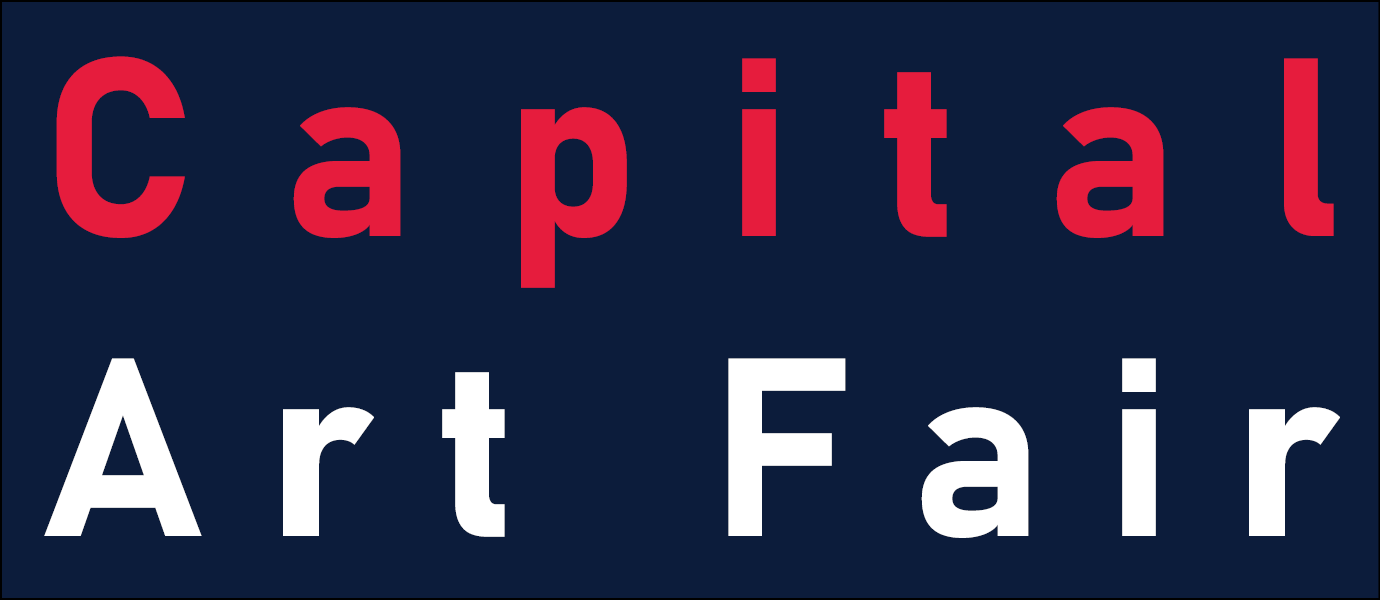September 13, 1918. St. Mihiel [The Great Black Cloud]. 1934. Etching, aquatint and sandpaper ground. Giardina 182.iv. 10 3/8 x 16 (sheet 13 1/8 x 18 1/4). Edition 100. Illustrated: Prints vol. VI, no. 2, 1935, page 85; Print Collector's Quarterly 26 (1939): 82; Fine Prints of the Year, 1935; Eby. War. Provenance: Frederick Keppel & Co. A rich, beautifully wiped impression on cream-colored wove paper. Signed and annotated 'imp' and 'Edition 100' in pencil, indicating a proof printed by the artist. Housed in an archival French mat and a 21 x 25-inch black and gold classical wood frame. This is Eby's most famous etching.
The image is based upon his World War I experiences in France. The image depicts an army marching up an incline beneath a menacing dark sky. The soldiers proceed on foot and on horseback past muddy trenches while pushing large artillery. It is an important and rare depiction of the first independent American operation of World War I in which the American Expeditionary Force under the command of General John J. Pershing (American, 1860-1948) attacked the German forces at the Saint-Mihiel salient in Northeastern France. The fighting took place from September 12-16, 1918 with the Americans successfully taking the ground under what the Germans called the cloud of blood.
![]()
In 1917, when the United States entered World War I, Eby joined the U.S. Army. He tried to obtain a commission as an artist, but was assigned first to ambulance duty and later as a sergeant in the 40th Engineers in France. During the war he documented in drawing what he saw and experienced and on his return to New York City, he translated his studies into prints. Drawings of his World War I experiences launched his career. He spent most of WWI on the front line camouflaging the big guns. During his spare time, he would sketch everything from the big guns to the dead soldiers in the field. He sent these drawings home each week. Upon his return from the war, these drawings became his inspiration for his first successful group of etchings. He continued creating a series of war-related prints throughout the 1920s and '30s. Many galleries exhibited his work, but Frederick Keppel, the great print dealer and a relative of Eby was the exclusive gallery for many of his new prints.
![]()
An extensive selection of works by Kerr Eby is available on the Allinson Gallery, Inc. website

![Kerr Eby - September 13, 1918. St. Mihiel [The Great Black Cloud]. Kerr Eby - September 13, 1918. St. Mihiel [The Great Black Cloud].](https://capitalartfair.com/image/cache/catalog/jane_allinsongallery_comseptembernewimage2-constrain-900x900.jpg)

